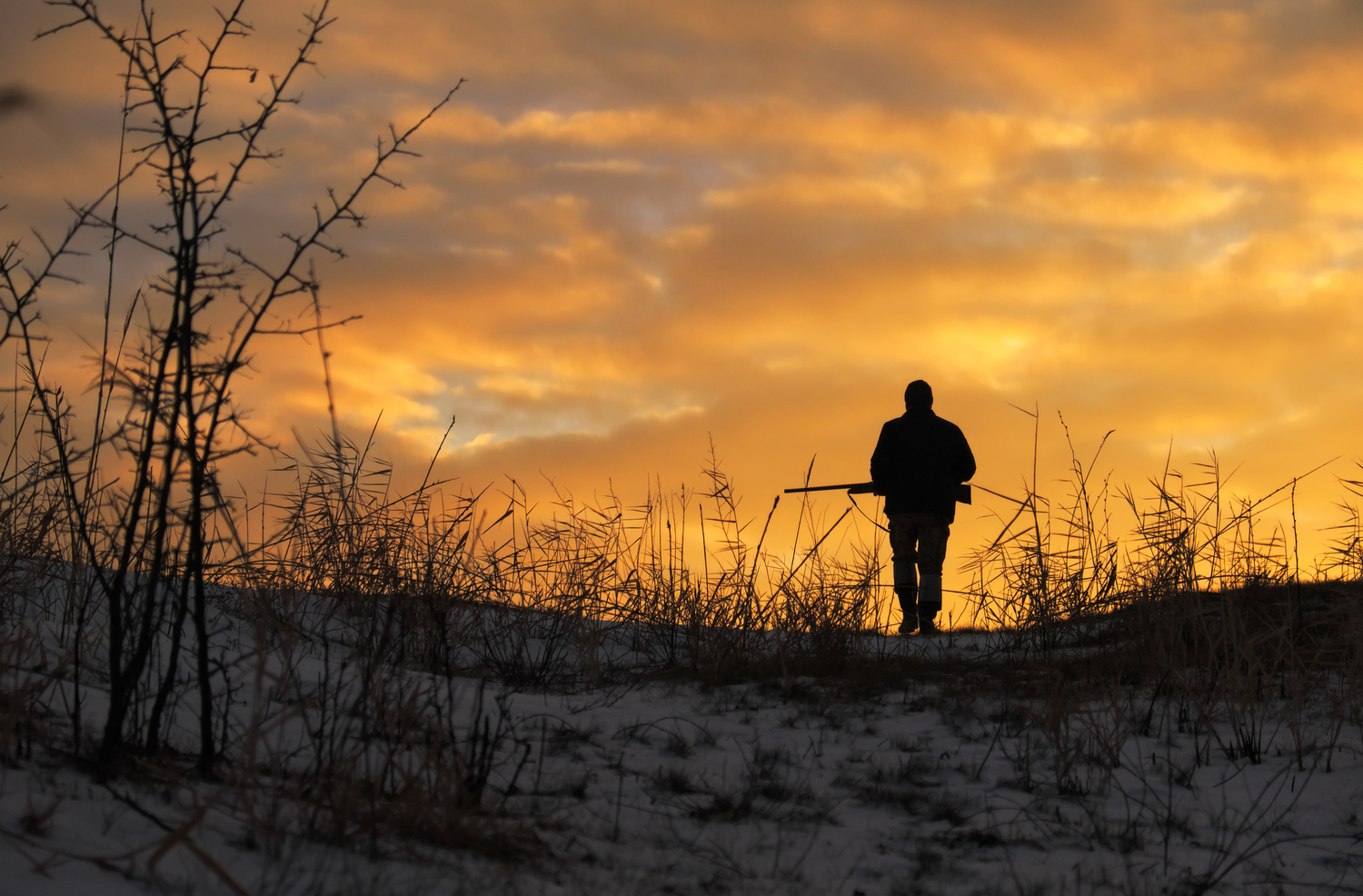If we had to boil the 4 causes of hunter-related shooting incidents down to one overall reason it’s pretty simple.
Poor Safety Judgment.
That’s not to say accidents don’t happen, but poor safety judgment, whether it be the split-second choice to pull a trigger, or the decision to not wear hunter orange, is the basis for almost all hunter-related shooting incidents.
Specific causes are as varied as the types of big and small game available in the U.S., however, the primary 4 causes of hunter-related shooting incidents include:
- Not identifying the target, foreground or background.
- Unfamiliarity with the firearm, its mechanics, condition, ammunition, and/or operation.
- Ignoring or not knowing safe hunting practices, regulations, and laws.
- Lack of practice or control, leading to shooting at movement, unsafe handling of firearms, and stray rounds.
Top causes also vary state to state. Environment, type of game, regulations and other variables come into play.
L-Tron Corporation’s John Dobies, a member of the Law Enforcement Support Team, spent 32 years as an NYS Environmental Conservation Officer and Crime Scene Investigator. He has used L-Tron’s OSCR360 system to investigate several hunter-related shooting incidents during his time with the NYS DEC. In his experience, three of the top 4 causes of hunter-related shooting incidents all fall under the umbrella of poor judgment and decision making – unfamiliarity with firearms, shooting at motion, falls out of and climbs into tree stands. Disregard for rules, lack of training, and failure to prepare properly all constitute poor safety judgment and ultimately contribute to hunter-related shooting incidents, according to Dobies.
What do the statistics say?
Well first of all, statistical death and injury comparisons between hunter-related shootings and other forms of recreation are complicated. Just like hunting, they require caution.
The most recent statistics for New York, where deer hunting reigns supreme, reveal the Empire State totaled 13 incidents in 2018: three were fatal, six self-inflicted, and seven the result of a second party shooting someone. The most telling information? 86% of victims in two-party shootings were NOT wearing hunter orange – the universal visibility standard nationwide.
“Not wearing hunter orange increases your risk of being involved in a two-party firearm incident,” according to the New York State Department of Environmental Conservation, the agency responsible for investigating and tracking hunter-related shooting incidents.
Dobies sees the situation a bit differently. For him, most hunter-related shooting incidents involve disregard for safety and the protections put in place by law.
“The biggest cause in my estimation is people discharging their weapons either before sunrise or after sunset,” Dobies says. “They don’t see their target – they aren’t able to identify their target and what is behind it.” It’s not for lack of trying to be visible, according to Dobies. “The majority of people DO wear orange. There’s a boatload of orange clothing available. Very rarely would I go into the woods in and see someone not wearing orange. It might be a minimal amount of orange, but it’s orange all the same.”
New York State credits a rapid, documented decline in hunter-related shooting incidents to preparation by hunters themselves, and the thousands of hunter education programs put on for over more than 60 years by volunteers. According to NYS DEC, the state’s current five-year average is 3.1 incidents per 100,000 hunters. In the 1960s, it average 19 incidents per 100,000.
One thing is clear in examining the 4 causes of hunter-related shooting incidents: They would ALL be preventable were everyone to make SAFETY paramount.
